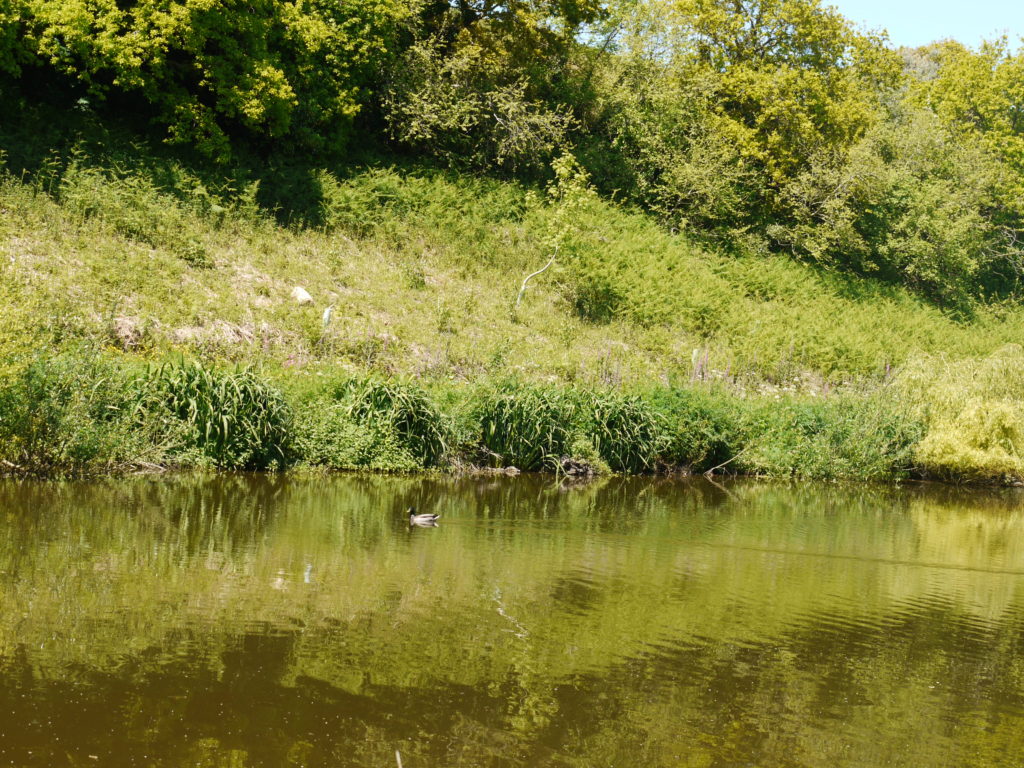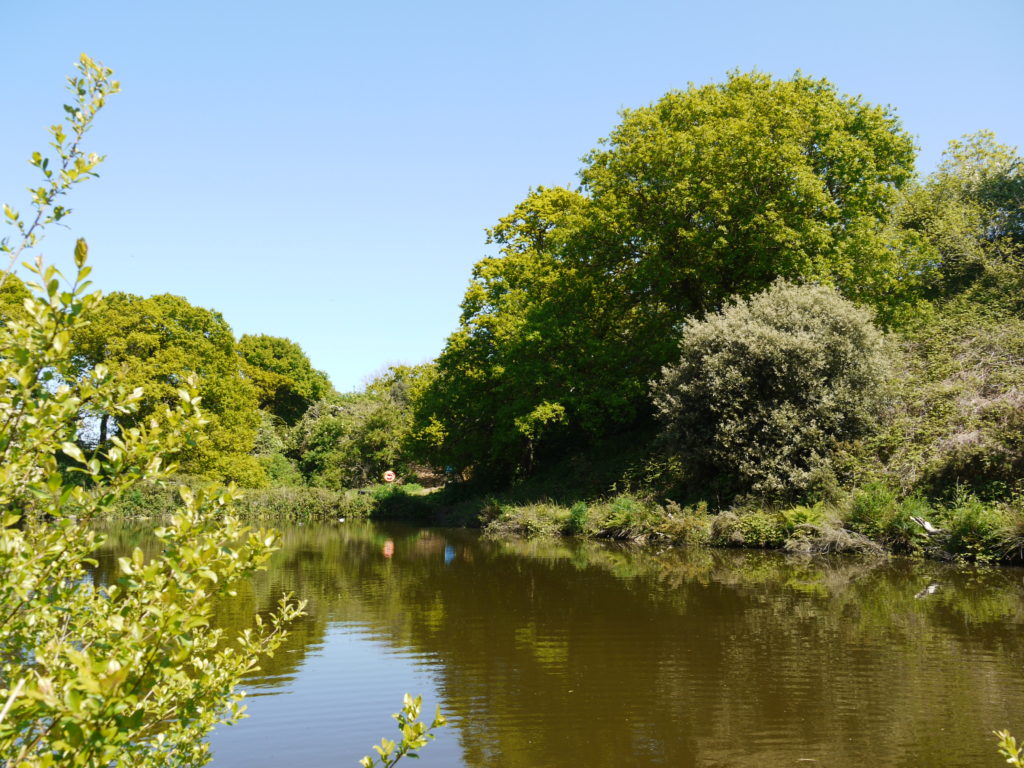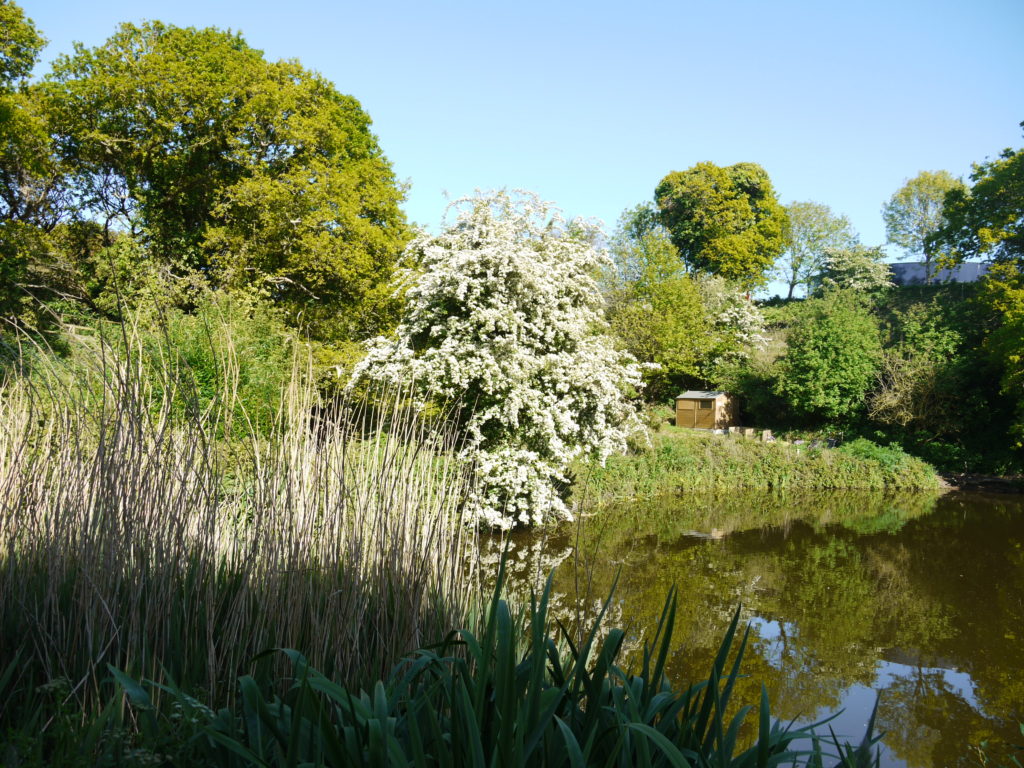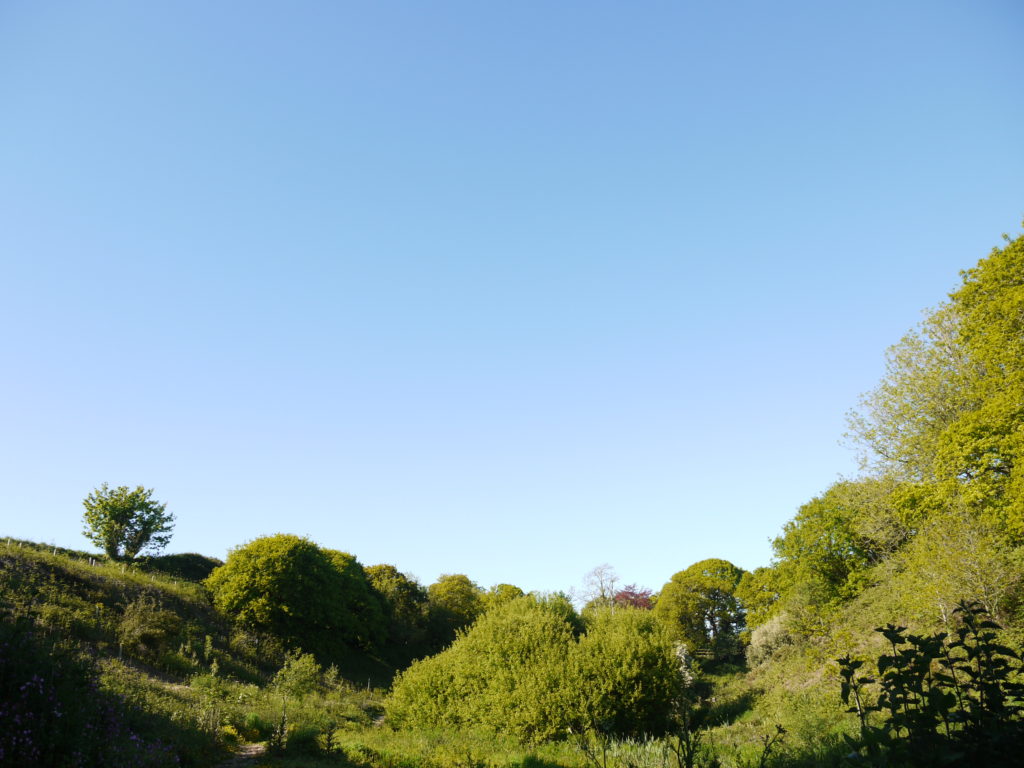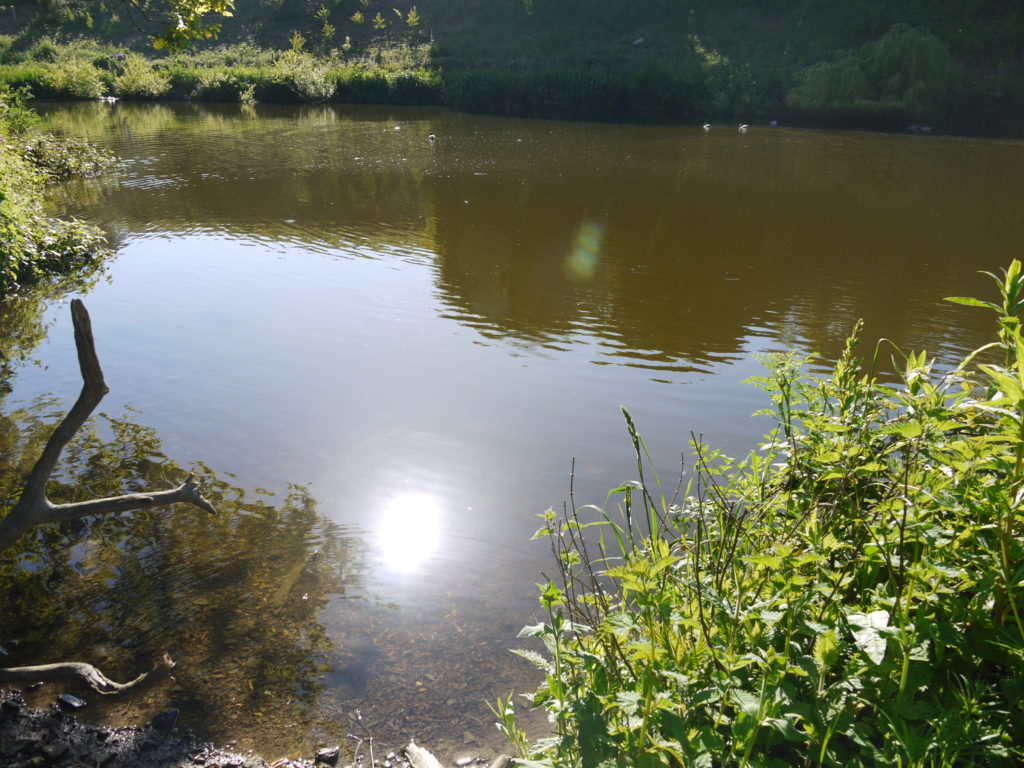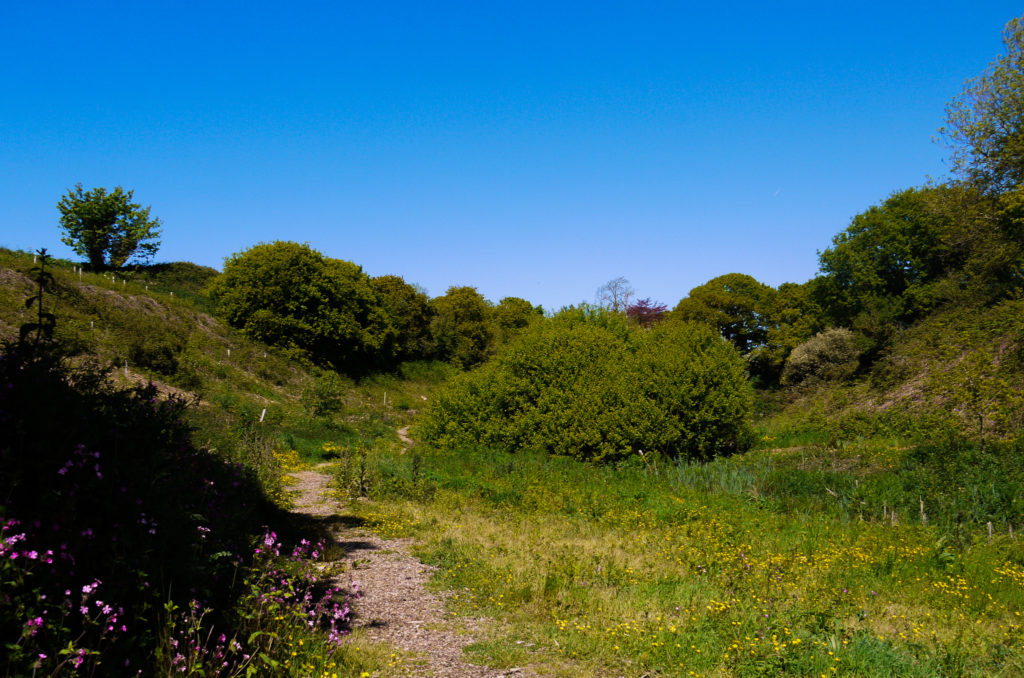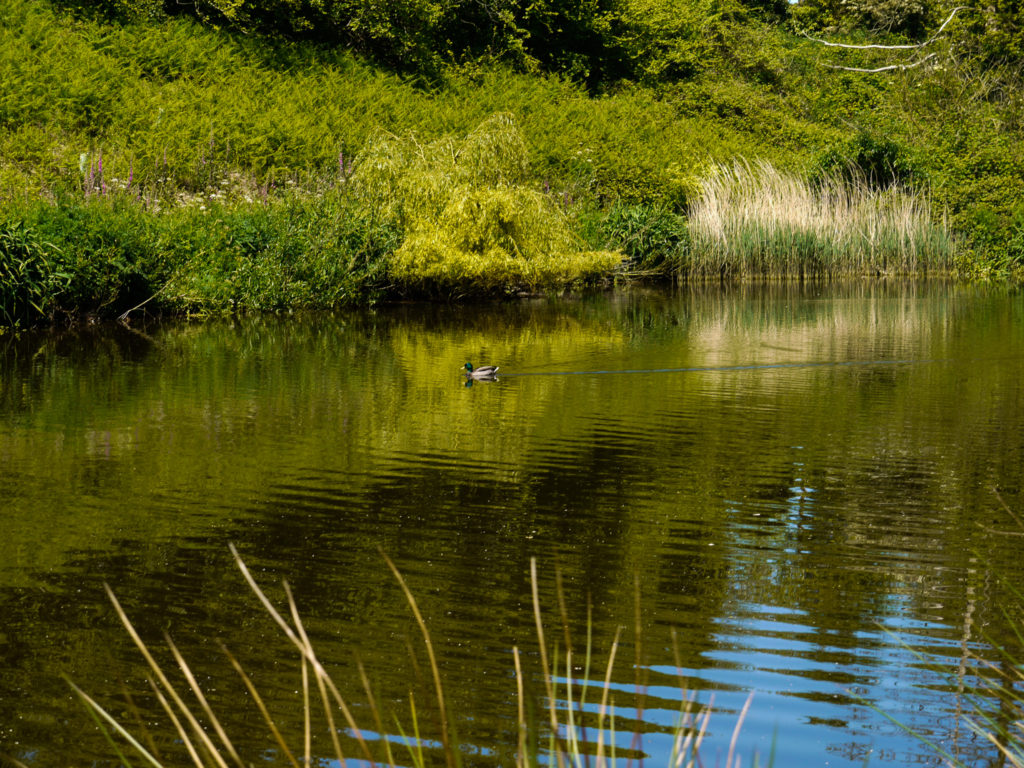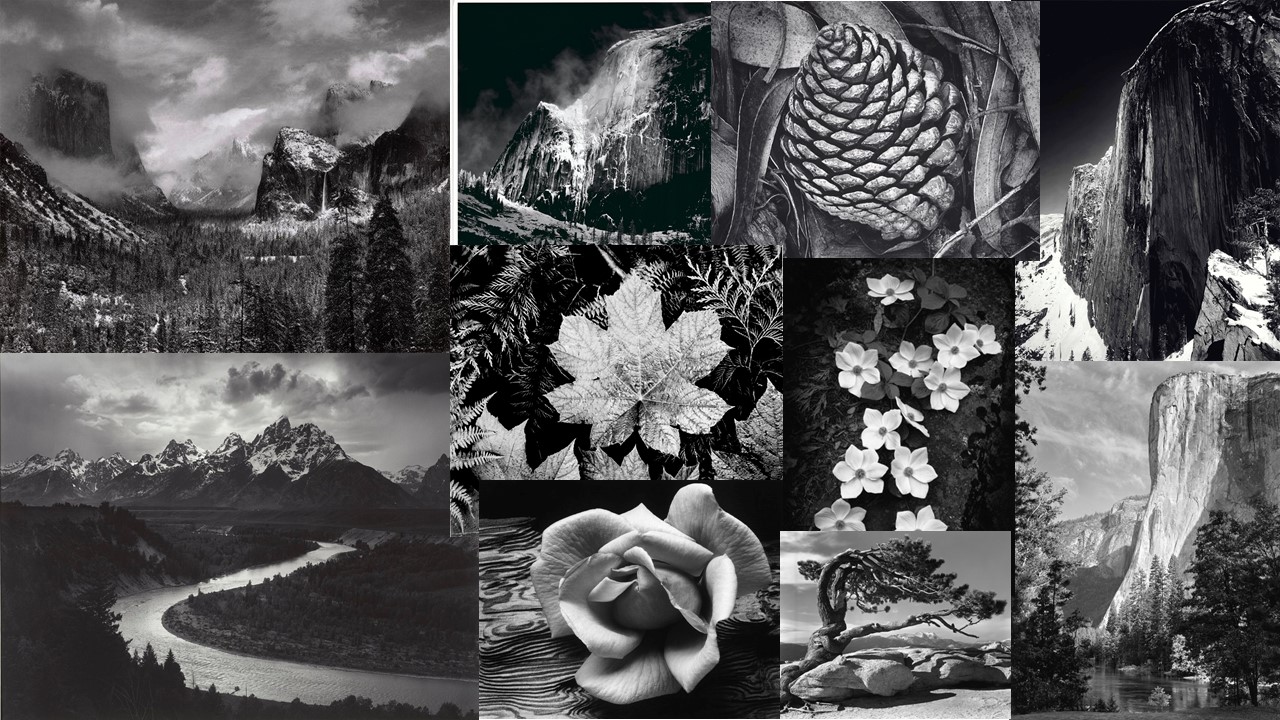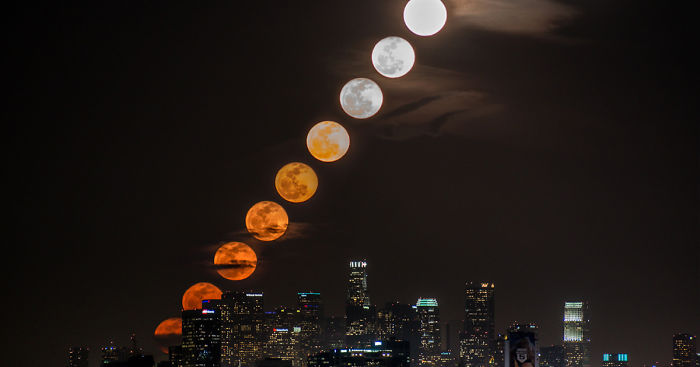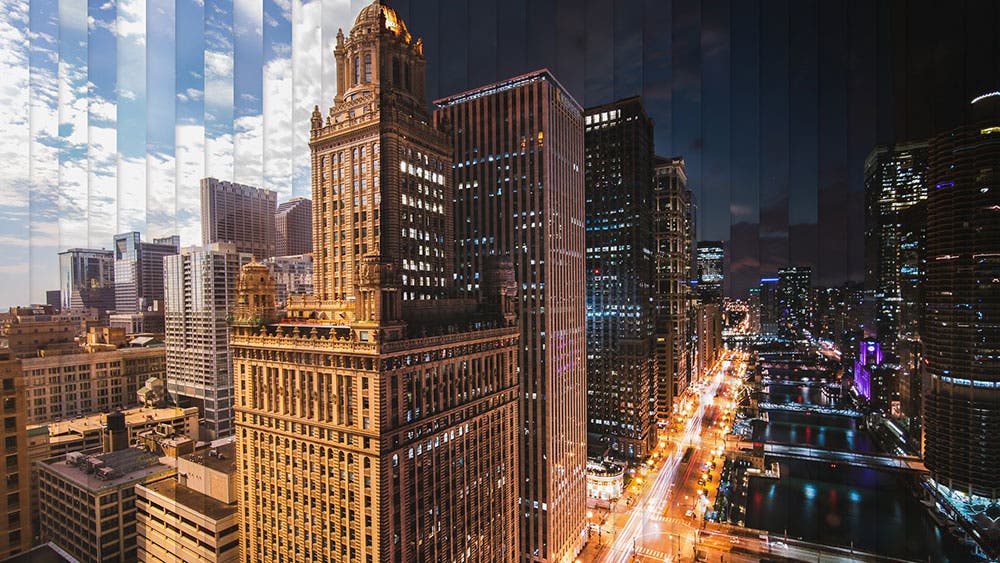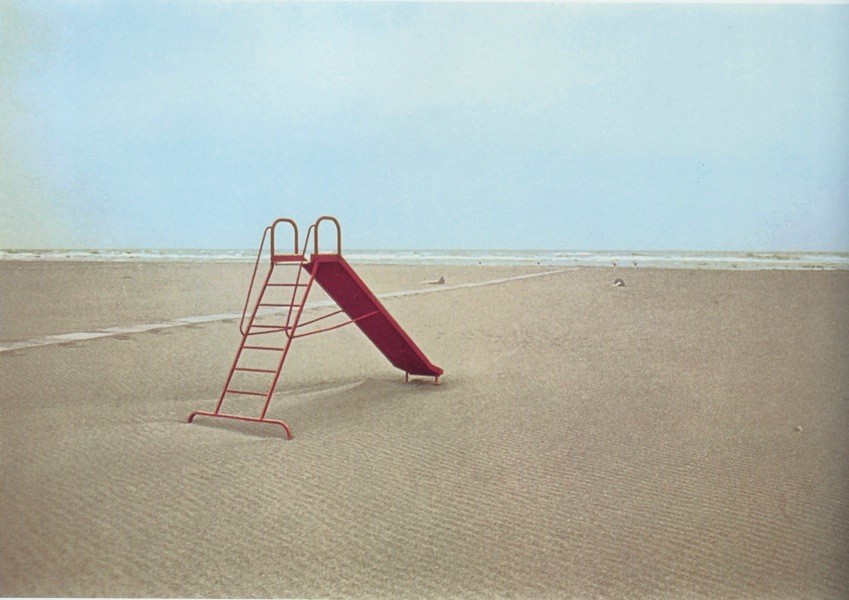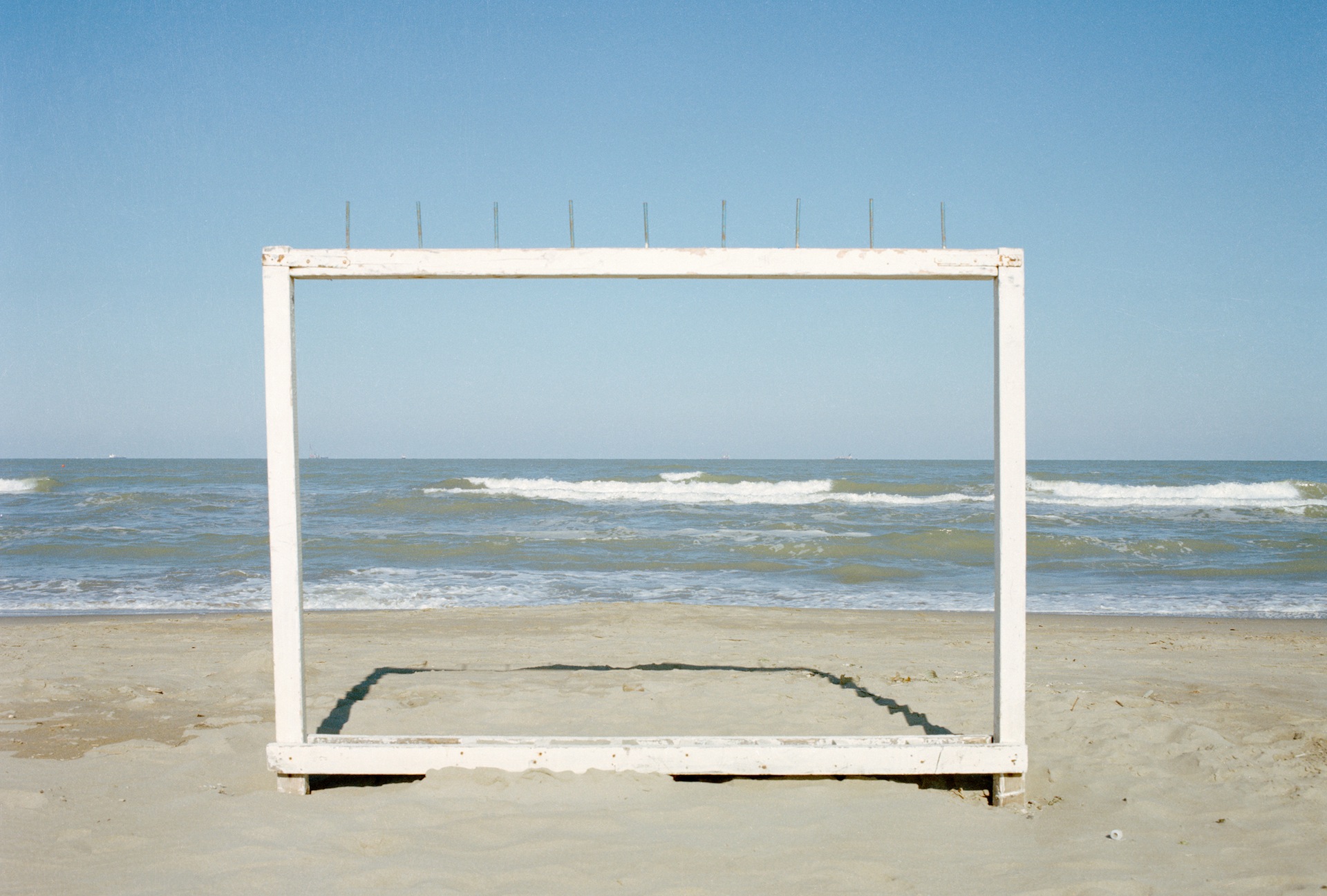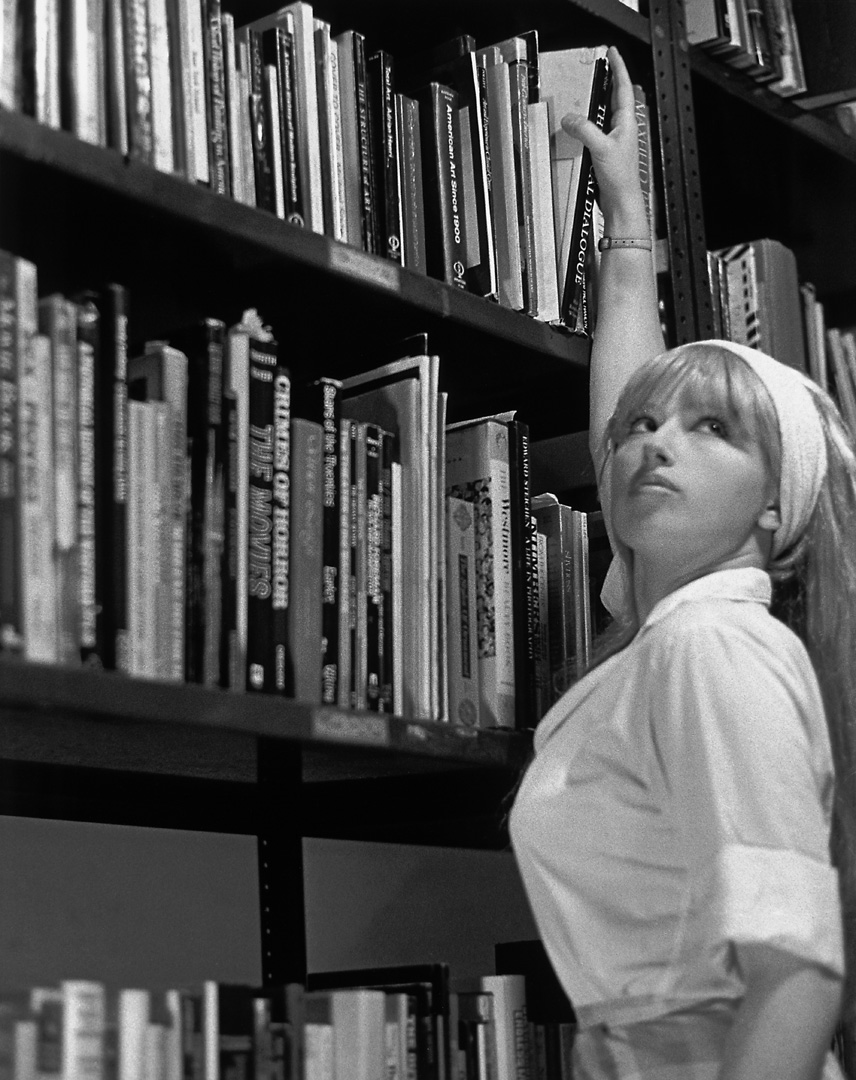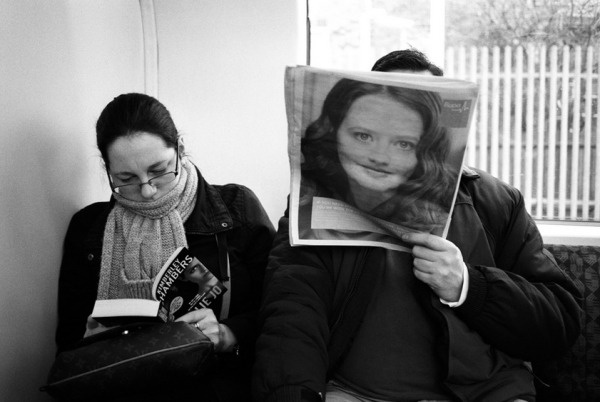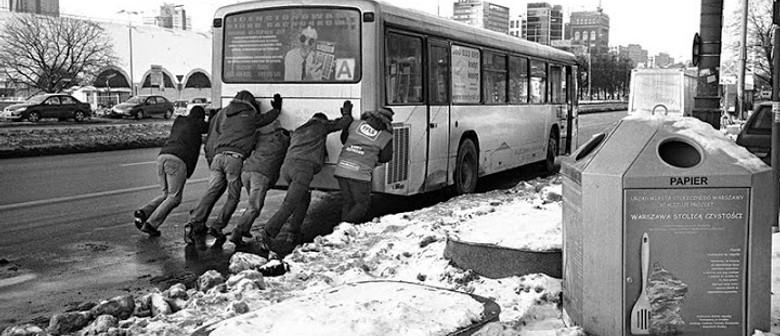Objects help us identify what happened in our world’s history and happenings alongside stories of previous owners. Pictures show progression in how far we’ve come with politics/ fashion/trends/architecture/transport/culture/communities, all reflecting past times that could benefit future times. Old magazines and newspapers help us understand how minor events connected with major events. Personal trinkets tell stories how someone once lived their life reflecting what hobbies they liked alongside their occupations. History always benefits the future. We take all of our ideas from the past and either improve them or retain them so that we can evolve using these ideas. A way a building was built 50 years ago isn’t remotely the same as a building nowadays however those buildings helped us to adapt the ideas that work and use them again.
Snooper’s Paradise

When first visiting Brighton, I was introduced to a shop in North Lane called ‘Snooper’s Paradise’. This shop has 3 floors of brick a brac history, from car number plates, to 300 year old books, cassette tapes, to stamps, this store has every part of history inside. This shop introduced me to my love of dated objects. I have purchased many old vinyls, cassette tapes, old magazines, photographs, sunglasses, crazy fashion and original 1935 glass bottles to use around the house. My love for old things is eternal, this is due to these objects reflecting simpler times where music was soulful, people where vibrant and fashion was outrageous. My favourite era is the 70’s, because people were encouraged to let go and feel free; hippies and naturists ruled the world. This free spirit helped people to speak up about any problems and political issues without hesitation making equality and race prime topics.
On my most recent visit there, I purchased some items which I thought held the most history that I could capture in frames. I purchased: stamps, a competition rosette, a 1975 Playboy magazine, a photograph of an architect, a Vaseline container, train tickets and a cassette.
Photoshoot Idea
My main photoshoot idea is to utilize the style of archival photography so that the only central focus within the composition is the object.
The only examples I could find were only stock photos due to the fact that I want a specific look: object main focus, plain background.
For lighting, I would use 3 separate light sources: one that cancels out any shadows from behind, one light source coming from the left then another from the right. This surround lighting would create a complete white wash so that there is no shadows overcasting the objects or there surroundings.



 IMAGE ANALYSIS:
IMAGE ANALYSIS:
 This image is called 'Sisters'. The first image was taken in 1980 and the second image was taken in 2013.
In both of the images natural lighting is used, however, in both of the images there is also a reflection of the buildings opposite. The focal point of the images are the three sisters, however you could also argue that the dramatic change of both the girls and buildings is also a focal point of the photographs. Although the white balance of the first image incorporates the cool tone of the purple, it can be arguable that the main tone of the image is a warm tone due to the intensity of the sisters vibrant red jumpers and the warmth of the bricks of the building. However, the second image can be seen to have a more muted and controlled white balance. The first image has a clear contrast to the second image with its intense saturation compared to the second image with its casual almost under-saturation. The second image is a lot crisper than the first image with it focused and un-grainy quality. The first image is a lot more grainy and unfocused than the first.
The contrast of the intensity and vibrancy of colour of both images can show multiple aspects such as the quality of the cameras, the concept of the images at the time and could also show how time has affected the girls approach to colour by the way they present themselves. The textures in both images are also contrasting, the first image is a lot more rough looking with the bricks and rough paintwork of the window, however the second image seems more smooth with the smooth wall and cleanly installed window. Line runs through both images from the lines in the windows, to the lines of the bricks, to the lines from the curtains in the first image.There are also lines from the building that are being reflected in the windows.
The windows could represent the separation the girls have from the outside world. Also, in the second image the women have a more somber expression on their faces which could represent how aging and growing up can be viewed as a negative aspect, and how childhood lures the girls into a sense of security and happiness. It could also display the girls innocence and how adulthood transform them into women, and how their experiences have influenced their outlook on life. Their clothes in the second image can be viewed as "toned down". This could represent how society has shaped them and manipulated them into believing what is acceptable to wear and what is not as their clothes in the first image is a lot more colourful as children aren't as pressurized to wear certain things and dress a certain way. In the second image, the woman on the far left is wearing a hijab. She wasn't weaing a hijab in the first image and this could represent how as she has grown up, her religion has forced her to look a certain way, or it could represent how she has become more dedicated towards her religion.
Left to right, Shehnaz Begum, her twin sister Rukhsana and their older sister Itrat were spotted sitting in the window of their house on Cromwell Road. 'We often used to perch in the window and watch what was going on in the road,' said Shehnaz. 'My twin sister and I were about seven and Itrat was nine. We loved riding our bikes with the other children in the street and were good friends with another set of twins. Mum said we were quite a handful'. The three sisters still live in Peterborough and see each other regularly. Shehnaz, who is divorced, has a daughter and looks after elderly and disabled people, together with her twin, who is re-married and has five children. Itrat works for the post office and is married with six children.
This image is called 'Sisters'. The first image was taken in 1980 and the second image was taken in 2013.
In both of the images natural lighting is used, however, in both of the images there is also a reflection of the buildings opposite. The focal point of the images are the three sisters, however you could also argue that the dramatic change of both the girls and buildings is also a focal point of the photographs. Although the white balance of the first image incorporates the cool tone of the purple, it can be arguable that the main tone of the image is a warm tone due to the intensity of the sisters vibrant red jumpers and the warmth of the bricks of the building. However, the second image can be seen to have a more muted and controlled white balance. The first image has a clear contrast to the second image with its intense saturation compared to the second image with its casual almost under-saturation. The second image is a lot crisper than the first image with it focused and un-grainy quality. The first image is a lot more grainy and unfocused than the first.
The contrast of the intensity and vibrancy of colour of both images can show multiple aspects such as the quality of the cameras, the concept of the images at the time and could also show how time has affected the girls approach to colour by the way they present themselves. The textures in both images are also contrasting, the first image is a lot more rough looking with the bricks and rough paintwork of the window, however the second image seems more smooth with the smooth wall and cleanly installed window. Line runs through both images from the lines in the windows, to the lines of the bricks, to the lines from the curtains in the first image.There are also lines from the building that are being reflected in the windows.
The windows could represent the separation the girls have from the outside world. Also, in the second image the women have a more somber expression on their faces which could represent how aging and growing up can be viewed as a negative aspect, and how childhood lures the girls into a sense of security and happiness. It could also display the girls innocence and how adulthood transform them into women, and how their experiences have influenced their outlook on life. Their clothes in the second image can be viewed as "toned down". This could represent how society has shaped them and manipulated them into believing what is acceptable to wear and what is not as their clothes in the first image is a lot more colourful as children aren't as pressurized to wear certain things and dress a certain way. In the second image, the woman on the far left is wearing a hijab. She wasn't weaing a hijab in the first image and this could represent how as she has grown up, her religion has forced her to look a certain way, or it could represent how she has become more dedicated towards her religion.
Left to right, Shehnaz Begum, her twin sister Rukhsana and their older sister Itrat were spotted sitting in the window of their house on Cromwell Road. 'We often used to perch in the window and watch what was going on in the road,' said Shehnaz. 'My twin sister and I were about seven and Itrat was nine. We loved riding our bikes with the other children in the street and were good friends with another set of twins. Mum said we were quite a handful'. The three sisters still live in Peterborough and see each other regularly. Shehnaz, who is divorced, has a daughter and looks after elderly and disabled people, together with her twin, who is re-married and has five children. Itrat works for the post office and is married with six children.





